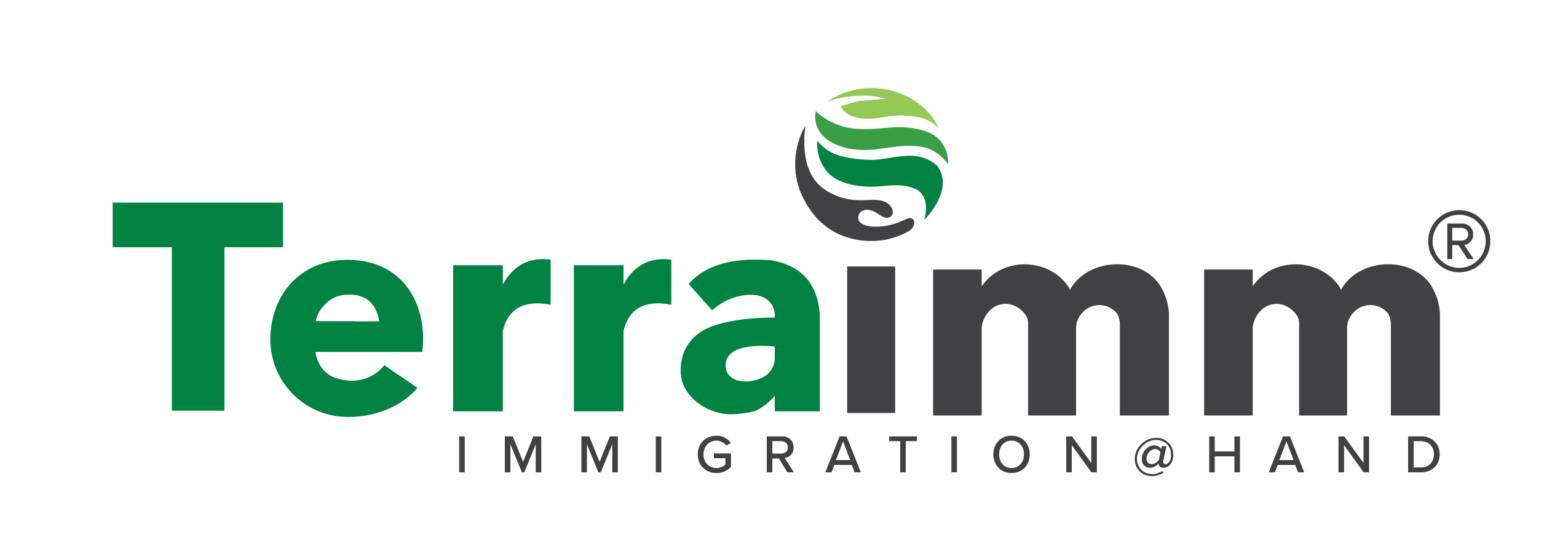Para obtener más información:
Employment-Based Immigration: Third Preference EB-3 | USCIS
Descripción general:
- What is the EB-3 visa?
- What are the benefits of an EB-3 visa?
- What are the requirements to get an EB-3 visa?
- What is the process for applying for an EB-3 visa?
- What documents are needed to apply for an EB-3 visa?
- What forms are required to apply for an EB-3 visa?
- EB-3 visa fees
- EB-3 visa processing time
1. What is the EB-3 visa?
If you are a skilled worker, an unskilled worker, or a professional, you could qualify for an EB-3 visa. Each year, there are around 40,000 EB-3 visas available, and as a result, they are less demanding when comparing it to EB-1 and EB-2 visas. No more than 7% of EB-3 visas that have been authorized can be issued to citizens of the same nation. This indicates that the wait times might be greater if you are applying from a nation with a high application volume.
2. What are the benefits of the EB-3 visa?
- You can obtain a permanent residency in the U.S.
- You can travel and switch employment more frequently.
- Compared to many other resident visas, there are fewer criteria for this one.
- Your spouse and dependent children are welcome to join you in the United States.
- Your spouse is qualified to work in the United States after completing the Employment Authorization Documents, and your children are qualified to attend school.
3. What are the requirements to get an EB-3 visa?
The requirements for an EB-3 visa are:
- You must meet the employment criteria.
- There must not be qualified American workers.
- There must be a valid job offer.
4. What is the process for applying for an EB-3 visa process?
There are various phases in the EB-3 visa application procedure. Below is a list of them:
- Labor Certification
The U.S. employer submits the EB-3 visa application in the first phase. Afterward, the U.S. business is required to get a labor certification from the Department of Labor. Form ETA-9089 is submitted to the Department of Labor to do this. Before submitting an I-140 petition to USCIS, you must have a Department of Labor certification that has been authorized.
Upon approval of the labor certification, the U.S. employer may file a petition on the beneficiary’s behalf. The United States Citizenship and Immigration Services will receive the petition (USCIS). This is accomplished by filing Form I-140.
- Form DS-261
The recipient must first finish Form DS-261 and it needs to be done online. It gives details on the beneficiary and notifies the U.S. Embassy in the beneficiary’s home nation that the beneficiary is requesting an EB-3 visa. Before you schedule a visa appointment at the U.S. Embassy in your city, you must first get the confirmation notification. To complete a form online visit: Immigrant Visa – Sign In (state.gov) and follow the instructions.
- Medical
The beneficiary must arrange for a medical exam. You must use an NVC (National Visa Center) doctor that has been authorized.
- Visa Application
Once you have gotten a confirmation notice for Form DS-261, you must provide your approved DS-261, approved Form I-140 petition, and certified labor certification. Additionally, you must send your passport, health documents, employment contract, academic transcripts, CV, criminal history, and a picture. It is possible that NVC could inform some people that more paperwork is going to be needed.
Upon submitting your documents, you will need to schedule an appointment with your U.S. embassy.
- Visa Interview
After completing all paperwork, you will be given a date and time for your interview with the U.S. consulate official. The materials that you provided will be reviewed during this interview. This data will be used to determine whether to grant you an EB-3 visa.
- Arrival in the United States
You will receive an EB-3 visa if the consular official accepts your application. You are now eligible to enter the country as a green card holder. You’ll enjoy the rights and obligations of a U.S. permanent resident, including the ability to work in the U.S.
5. What documents are needed to apply for an EB-3 visa?
Depending on your unique scenario, several types of paperwork may be required. A broad list is provided below, although some documents listed below may not be necessary:
- A written contract between the U.S. employer and beneficiary
- Valid passports for the beneficiary and any dependents
- Photographs
- Medical and vaccination records
- Academic records
- Previous work experience records
- Criminal records
- Acknowledgment of significant awards or honors
6. What forms are required for an EB-3 visa?
An EB-3 visa requires the completion of various forms. A few have been covered but will be listed again for your convenience:
The application for Permanent Employment Certification is found on Form ETA-9089. Before you may submit a petition for an EB-3 visa, the Department of Labor must approve this form. You cannot proceed with the EB-3 visa if this application is rejected. (Form ETA-9089 (dol.gov))
The Immigrant Petition for Alien Workers is Form I-140. Your EB-3 visa petition is made using this form. The USCIS will use the data that you have provided in this form to determine if you fit the requirements for an EB-3 visa. (Form I-140, Immigrant Petition for Alien Workers (uscis.gov))
- Form DS-261
The beneficiary must file this form. You cannot move further with your visa application until you get a confirmation notification about Form DS-261. To complete a form online visit: Immigrant Visa – Sign In (state.gov) and follow the instructions.
7. EB-3 visa fees
Several costs are connected to the EB-3 visa application. The prices below are accurate as of publication. You should double-check that the fees have not changed because they are liable to do so.
- Form I-140 filing fee: $700
- DS-261 processing fee: $445
- Other costs (including photocopying, translation, and lawyer fees): vary on a case-by-case basis.
8. EB-3 processing time
The overall processing time for EB-3 is determined by several variables. These variables include the USCIS Center you utilize, your nationality, and the particulars of your application. This period may last as little as a year or as long as many years.









